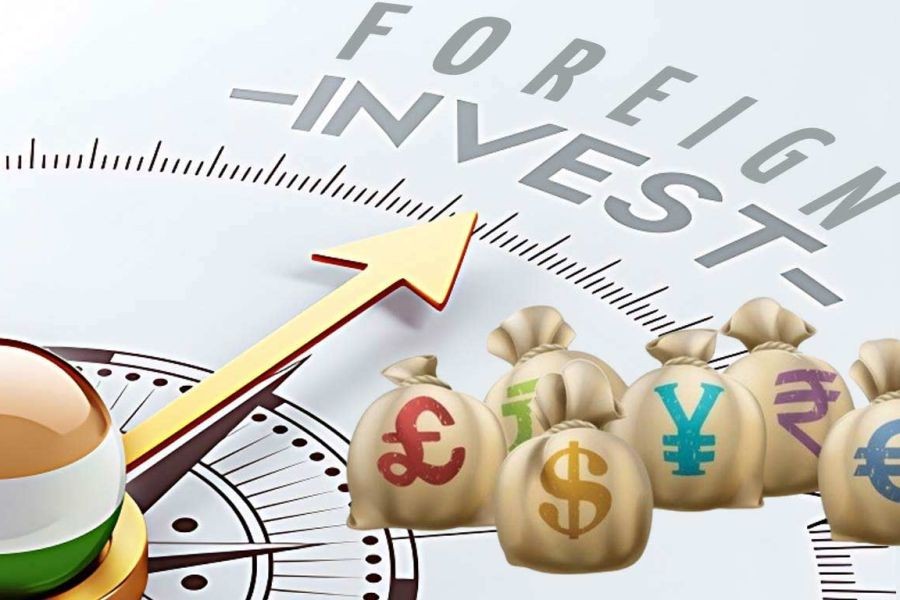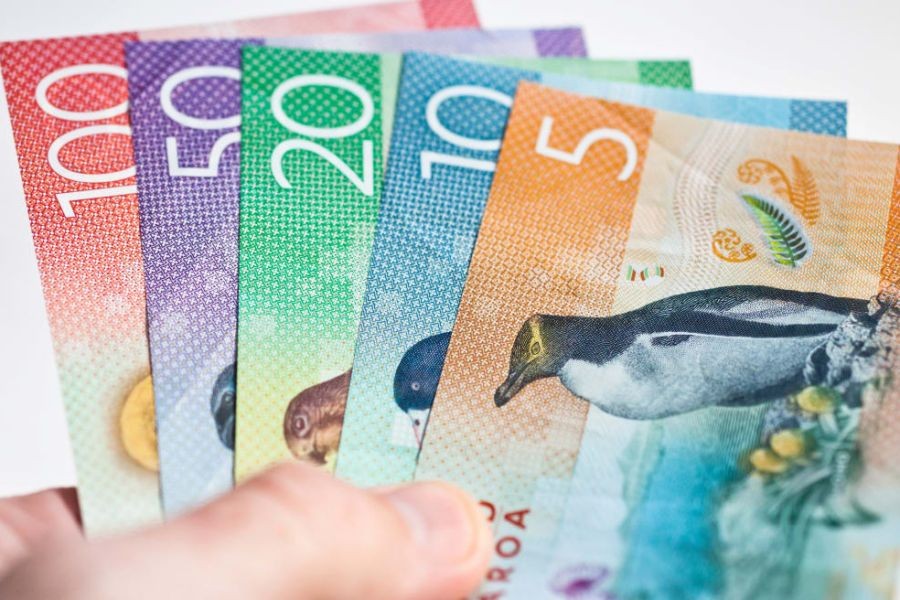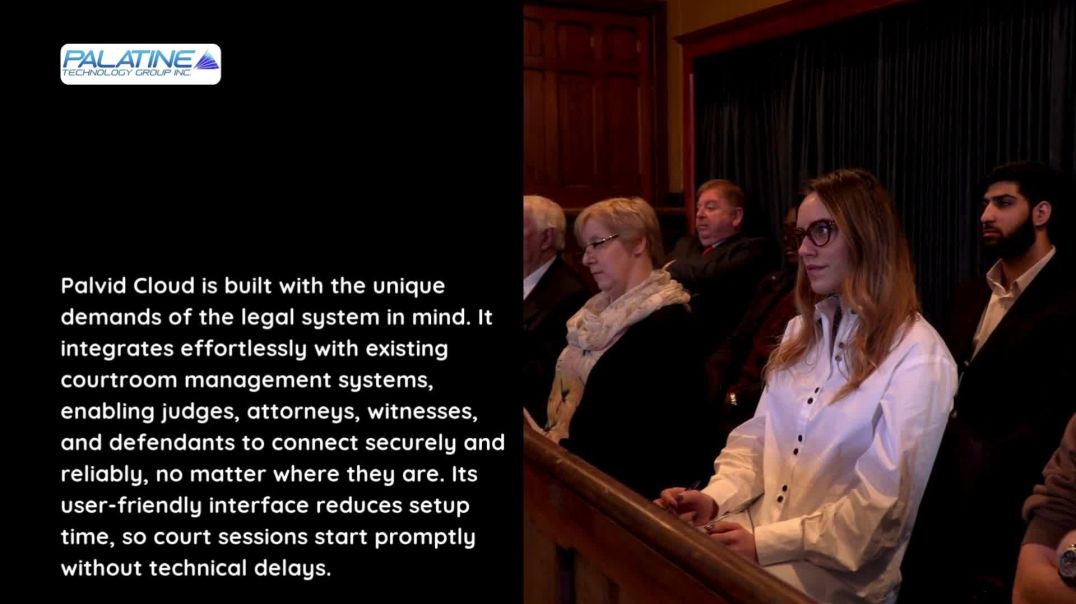Passive income is an enticing prospect for many investors, particularly in a landscape as diverse and dynamic as Australia’s. Exchange-Traded Funds (ETFs) have emerged as a popular vehicle for achieving this goal. This article delves into the journey of an Australian investor who successfully built a passive income empire using ETFs, providing a blueprint for others looking to achieve financial independence.
Understanding ETFs: The Foundation of Passive Income
ETFs are investment funds traded on stock exchanges, much like stocks. They hold assets such as stocks, commodities, or bonds and generally operate with an arbitrage mechanism designed to keep trading close to its net asset value. For Australian investors, ETFs offer a diversified investment option with lower fees compared to mutual funds, aligning well with the Reserve Bank of Australia's (RBA) focus on financial stability and market efficiency.
Why ETFs are Popular Among Australian Investors
- Diversification: ETFs allow investors to spread their risk across various assets, reducing the impact of a single underperforming investment.
- Cost-Effectiveness: With lower management fees compared to actively managed funds, ETFs provide a cost-efficient investment option.
- Liquidity: As ETFs can be bought and sold on stock exchanges, they offer high liquidity, making it easier for investors to enter and exit their positions.
According to the Australian Bureau of Statistics (ABS), the number of ETF investors in Australia has grown by 30% over the past five years, underscoring their increasing popularity.
Case Study: Building a Passive Income Empire
Meet Emma: The Australian Investor
Emma, a Melbourne-based investor in her late 30s, embarked on her investment journey with a clear goal: to generate a steady stream of passive income through ETFs. Her strategy was underpinned by a disciplined approach to investing, focusing on long-term growth rather than short-term gains.
Emma's Investment Strategy
Emma adopted a multi-faceted approach to ETF investment, which included:
- Regular Investments: Emma set up a systematic investment plan, contributing a fixed amount to her ETF portfolio every month.
- Diversification: Her portfolio included a mix of domestic and international ETFs, spanning various sectors such as technology, healthcare, and renewable energy.
- Reinvestment of Dividends: Emma reinvested the dividends she received, capitalizing on the power of compounding.
Results and Achievements
Over a span of five years, Emma's ETF portfolio grew by an impressive 45%, providing her with a reliable passive income stream that covered her living expenses. Her success was not only a testament to the potential of ETFs but also to the importance of a well-thought-out investment strategy.
Economic Factors and Trends in Australia
The Australian investment landscape is influenced by several economic factors. The RBA's monetary policies, aimed at maintaining low inflation and stable growth, have a significant impact on investment returns. Additionally, Australia's focus on renewable energy and technological innovation presents lucrative opportunities for ETF investors.
Impact of Government Policies
Government initiatives, such as tax incentives for green investments, have driven interest in ETFs focused on sustainable and ethical sectors. The Australian Securities and Investments Commission (ASIC) also plays a crucial role in ensuring transparency and integrity in the financial markets, building investor confidence.
Pros and Cons of Investing in ETFs
Pros
- Accessibility: ETFs are easily accessible to both novice and seasoned investors.
- Flexibility: Investors can choose from a wide range of ETFs tailored to different investment goals and risk appetites.
- Transparency: ETFs provide clear insights into their holdings, aiding informed decision-making.
Cons
- Market Volatility: Like all investments, ETFs are subject to market fluctuations, which can affect returns.
- Limited Control: Investors have no control over the individual assets within an ETF.
- Tracking Error: There can be discrepancies between the ETF's performance and the underlying index it aims to replicate.
Common Myths and Mistakes in ETF Investing
Myth vs. Reality
Myth: ETFs are risk-free investments.
Reality: While ETFs offer diversification, they still carry market risk, and investors should assess their risk tolerance before investing.
Myth: All ETFs are the same.
Reality: ETFs vary widely in terms of asset composition, fees, and performance. Thorough research is essential before investing.
Biggest Mistakes to Avoid
- Ignoring Fees: Even small fee differences can significantly impact long-term returns.
- Lack of Diversification: Concentrating on a single sector or region increases exposure to specific risks.
- Emotional Trading: Making impulsive decisions based on market fluctuations can erode investment gains.
Future Trends and Predictions
The ETF market in Australia is poised for continued growth, driven by technological advancements and increased investor awareness. By 2028, it is projected that ETFs will account for 30% of all investments in Australian financial markets, according to a report by Deloitte.
Moreover, thematic ETFs focusing on emerging sectors like artificial intelligence and biotechnology are expected to gain traction, offering investors new avenues for growth and diversification.
Conclusion
ETFs present a compelling opportunity for Australian investors seeking to build a passive income empire. By adopting a strategic approach, as demonstrated by Emma's success, investors can navigate the complexities of the market and achieve their financial goals. Whether you're a seasoned investor or just starting, ETFs offer a versatile and effective tool for wealth creation.
To stay updated with the latest trends and strategies in ETF investing, consider subscribing to our newsletter and join the discussion in the comments below. What's your take on the future of ETFs in Australia?
People Also Ask (FAQ)
How do ETFs impact Australian investors? ETFs offer Australian investors an opportunity for diversified, cost-effective investments, enhancing portfolio growth and stability.
What are the biggest misconceptions about ETFs? A common myth is that ETFs are risk-free. However, like all investments, they carry market risk, and thorough research is essential.
What are the best strategies for investing in ETFs? Experts recommend diversifying across sectors, regularly investing, and reinvesting dividends for long-term growth and compounding benefits.
Related Search Queries
- Best ETFs for Australian investors
- How to invest in ETFs in Australia
- ETF vs. mutual funds in Australia
- Top performing Australian ETFs
- ETF investment strategies for beginners
- Risks of investing in ETFs
- ETFs and tax implications in Australia
- Future of ETFs in Australian markets
- Building a diversified ETF portfolio
- Impact of economic policies on ETFs































theskillfusion
1 month ago